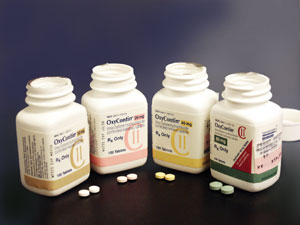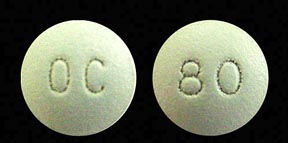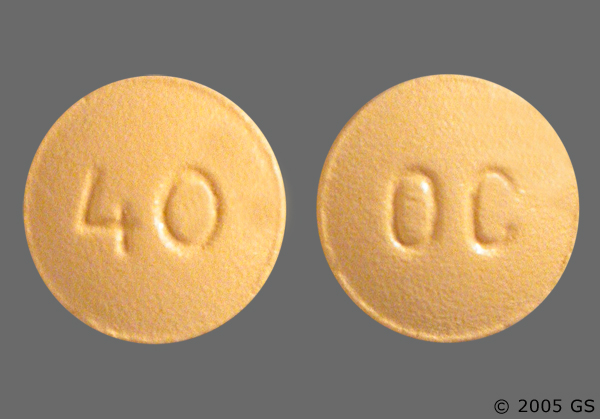 OxyContin is the brand name for an opioid analgesic containing the active ingredient oxycodone (also found in Percocet and Percodan). OxyContin is a legal narcotic that is available by prescription to treat severe pain. OxyContin is a controlled-release medication that, when used correctly, provides extended relief of pain associated with cancer, back pain, or arthritis. However, often when the drug is abused, the tablets are crushed and snorted, chewed, or mixed with water and injected. This eliminates the time-release factor and allows for a quick and intense rush of the drug to the brain. This practice can lead to overdosing on OxyContin’s active ingredient, oxycodone, by releasing too much of the medication into the bloodstream too quickly. OxyContin is highly addictive which means that higher doses of the drug must be taken when a tolerance develops. Illicit use of the drug has risen drastically and steadily over the last few years.
OxyContin is the brand name for an opioid analgesic containing the active ingredient oxycodone (also found in Percocet and Percodan). OxyContin is a legal narcotic that is available by prescription to treat severe pain. OxyContin is a controlled-release medication that, when used correctly, provides extended relief of pain associated with cancer, back pain, or arthritis. However, often when the drug is abused, the tablets are crushed and snorted, chewed, or mixed with water and injected. This eliminates the time-release factor and allows for a quick and intense rush of the drug to the brain. This practice can lead to overdosing on OxyContin’s active ingredient, oxycodone, by releasing too much of the medication into the bloodstream too quickly. OxyContin is highly addictive which means that higher doses of the drug must be taken when a tolerance develops. Illicit use of the drug has risen drastically and steadily over the last few years.
OxyContin is also known as Oxy, OxyCotton, Oxy 80 (for the 80mg dose), or OC.
What Does OxyContin Look Like?


OxyContin most commonly exists in tablet form. These round pills come in 10mg, 20mg, 40mg, 80mg, and 160mg dosages. OxyContin also comes in capsule or liquid form.
Short-term Effects
The most serious risk associated with OxyContin is respiratory depression. Because of this, OxyContin should not be combined with other substances that slow down breathing such as alcohol, antihistamines (like some cold or allergy medication), barbiturates, or benzodiazepines. Other common side effects include constipation, nausea, sedation, dizziness, vomiting, headache, dry mouth, sweating, and weakness. Toxic overdose and/or death can occur by taking the tablet broken, chewed, or crushed. People who abuse the drug (by removing the time-release coating) will experience effects for up to 5 hours. The high that is felt is opiate-like and produces a sedate, euphoric feeling.
Long-term Effects
Using OxyContin chronically can result in increased tolerance to the drug in which higher doses of the medication must be taken to receive the initial effect. Over time, OxyContin will be come physically addictive, causing a person to experience withdrawal symptoms when the drug is not present in their system. Symptoms of withdrawal include restlessness, muscle and bone pain, insomnia, diarrhea, vomiting, cold flashes with goose bumps, and involuntary leg movements.
